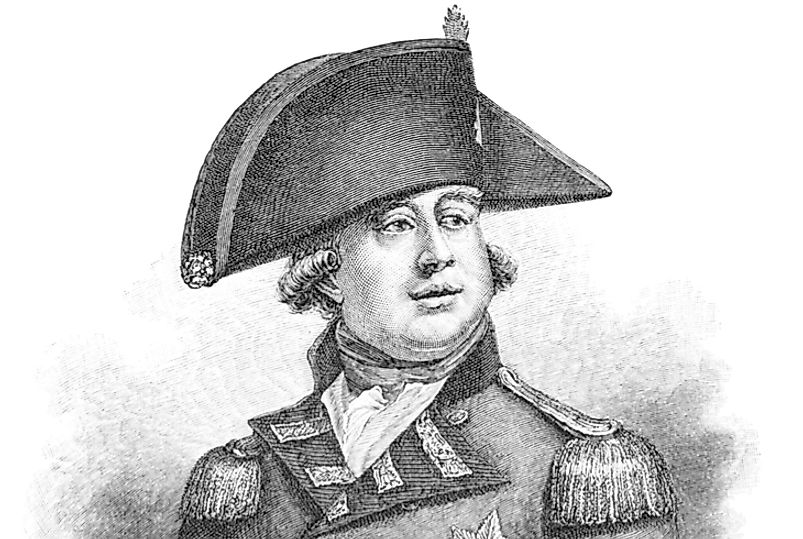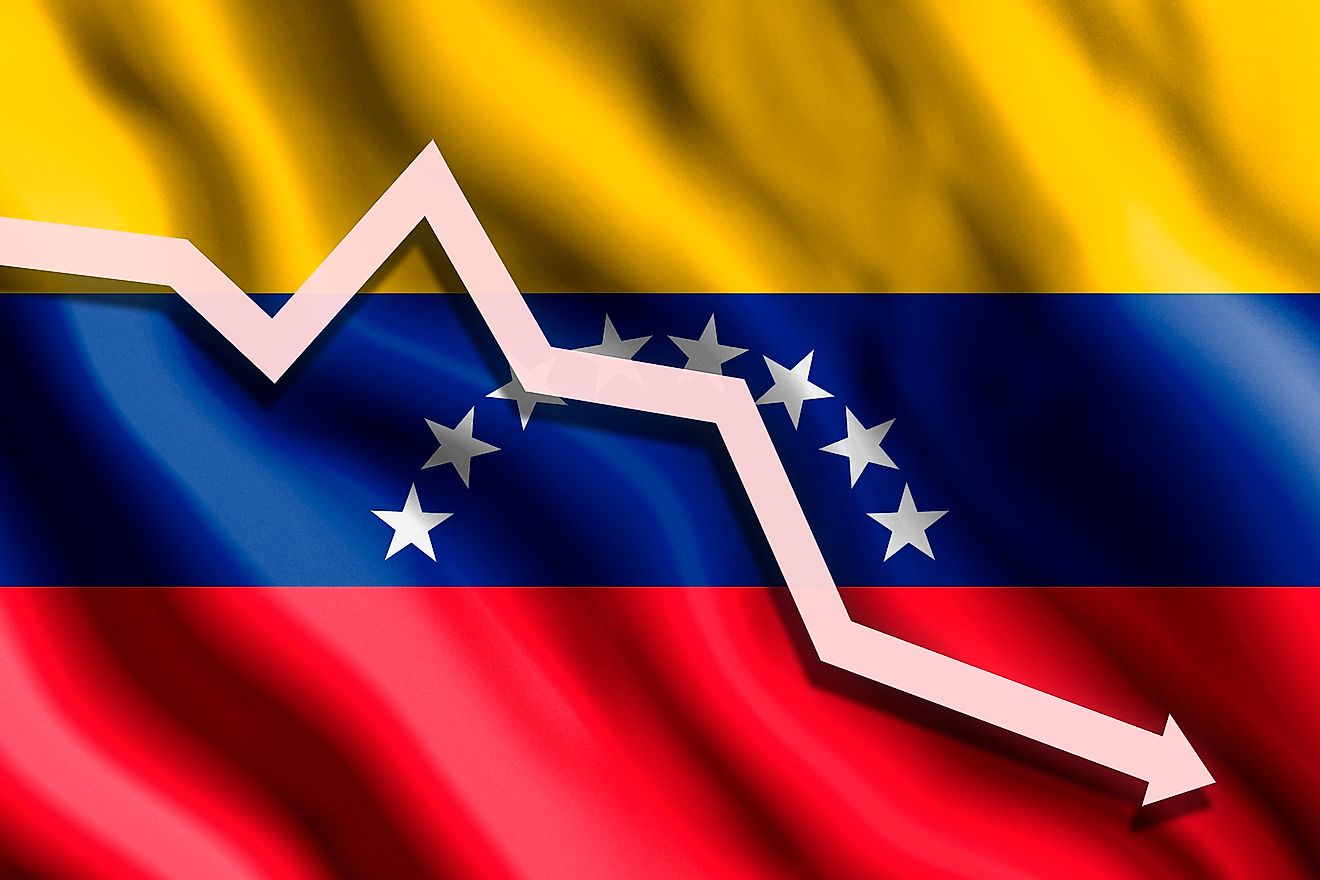What Was The Proclamation Of 1763?

On October 7, 1763, at the end of the French and the Indian War, a proclamation was issued by King George III forbidding colonialists from settling west of the Appalachian Mountain. Through the proclamation, the king hoped to punish the natives who did not side with him during the Seven Years’ War. The proclamation rendered worthless all the land grants that had been given to the Americans by the British government who fought for the crown against the French. Although the proclamation remained in place and is still of a legal importance in some parts of Canada, it was enforced as was expected that it did little to discourage the westward settlement. Several prominent people including George Washington did not consider it serious but as a temporary sentiment paving the way for the American Revolution.
Historical Background
The French and Indian War, which was fought between 1754 and 1763, comprised the Seven Years’ War of 1756 to 1763. The war was fought between the British American colonies and the New France Colonies, with both sides getting support from the military units of their respective parent countries, Great Britain and France. Great Britain defeated the French in the war, giving it control over all of eastern North America. The Seven Years’ War came to an end with the signing of the Treaty of Paris. Under the treaty, the French ceded ownership of all of continental North America, including all of Canada. The Spanish took charge of all the French territories west of the Mississippi. The Spanish and the British also took over some of the French islands in the Caribbean. However, some of the small islands that were used by fishermen were left to the British.
Some of the Native Americans had who had supported the French during the war soon became uneasy with the British rule. Shortly after the end of the war, a confederacy group commanded by Pontiac, an Ottawa chief, organized a rebellion against the British, known as the Battle of Bloody Run, with his warriors attacking several British forts and capturing eight. They also raided several settlements with hundreds of the soldiers dying during the conflict. In response to the attack, the British distributed several blankets that were infected with smallpox to the followers of Pontiac. Also, a group of whites who called themselves Paxton Boys killed 20 harmless natives who had not taken part in the war.
To try and avoid the reoccurrence of a similar incidence, King George III issued a Royal Proclamation on October 7, 1763, establishing new mainland colonies namely Quebec, East, and West Florida. Through the Proclamation, the settlement on the west of the Appalachian Mountain by the colonialists was banned. The colonialists were ordered to relocate. The private citizens were forbidden from buying land from the natives or make any agreement with them. Only official traders were allowed to travel west or deal with the Indians.
Provisions of the Proclamation
The Proclamation of 1763 had several provisions besides controlling the colonial expansion. Chief among the provisions was the management of the new colonies inherited from the French during the Seven Years’ War. To manage the colonies, the British established a government for four areas, namely Quebec, Granada, East, and West Florida.
The Native Americans that had a close association with the French were dismayed to discover that they were now under the British. Their good relationship with the French was cut short and they could no longer get gifts from them as they had been used to. The British hoped that through the Proclamation, they would win the natives and help to prevent any future hostility.
The proclamation defined the jurisdictional limit of the conquered territory. The province of Quebec was carved from Canada colony of New France. The Northeast territory on Labrador coast was included in Newfound Colony. The proclamation led to the creation of a boundary line which is often referred to as Proclamation Line, west of the Appalachian Mountain. The boundary line was intended to be temporary and could be extended westward in an orderly manner. People were allowed to cross the line but not to settle past it. Private purchase of Native American land was also outlawed by the Proclamation. Thus, any future land purchase was made by the Crown officials in a public meeting. The colonial officials were to seek the royal approval before granting ground or land.
Enforcing the Proclamation
Despite the opposition from the Native Americans and their allies, the British were able to enforce the proclamation. They stopped the settlers who were crossing the Proclamation line and forcibly removed others. In some instances, the Redcoats from Fort Pitt burnt the houses of some of the natives and escorted them back to the Proclamation Line. However, some colonialists disregarded the proclamation without fearing the consequence. In 1768, the boundary line was moved westward by the British following the Treaty of Fort Stanwix. Some of the lands given up following the treaty include the present day New York, Tennessee, and Kentucky, among other places.
Legacy of the Proclamation
The Proclamation formed the basis for governing the indigenous land in British North America. It forms the basis of land claims by the indigenous people of Canada. Through the Proclamation, the indigenous people have certain rights to the land they occupy. Some have considered the Proclamation as a fundamental document for land claims by the First Nation and self-government. However, some have viewed it as a temporary promise made to the native people and were only meant to appease the natives who were becoming increasingly hostile to the settlers who were encroaching on their land. The natives had been viewed as a threat to the British. Some historians have also argued that through the Proclamation, the British wanted to assure the natives that they needed not to fear anything from the colonialist but at the same time increasing their influence in the area.
Although the Proclamation was meant to be temporary, its immense economic benefits prompted the British to keep it until the eve of the American Revolution. The desire for more farmland and resentment towards royal restriction on trade and migration caused several colonialists to defy the proclamation. The Royal Proclamation remains legally important to the First Nations in Canada.











